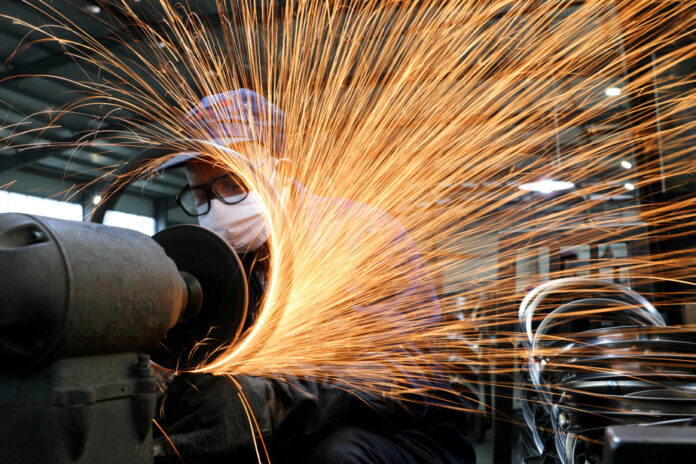(Washington) U.S. manufacturing activity contracted in May for the seventh month in a row, even slightly stronger than the previous month, as manufacturers braced for a slowdown in economic activity, according to data published Thursday by the professional federation ISM.
The index measuring this activity fell in May to 46.9%, from 47.1% in April. This is a little worse than expected, since analysts expected 47.0%, according to MarketWatch consensus.
The index is for the seventh month in a row below the 50% mark, which means that activity is in contraction. When the index is above 50%, it means that the activity is expanding.
“There is clearly more trade uncertainty in May. Demand has declined again,” said Timothy Fiore, the head of the investigation, quoted in the press release.
The index measuring the state of companies’ order books even fell “to a level not seen since the Great Recession” from 2007 to 2009, he said.
Manufacturers are trying to adapt their production to the drop in demand, itself linked to the fight against inflation.
“Weakening demand for goods as well as rising borrowing costs remain challenges for the manufacturing sector,” commented Rubeela Farooqi, chief economist for HFE, in a note.
And according to her, “a further tightening of credit conditions could be an additional obstacle in the future”, but “a relocation (to the United States) of supply networks and investments in domestic manufacturing capacities could support factory activity.
To slow down inflation, the American central bank (Fed) has been raising its key rates since March 2022. These have been raised by a total of 5 points and are now within a range of 5.00 to 5.25% .
This leads banks to raise the cost of the loans they offer to households and businesses, in order to ease the pressure on prices.
The Fed’s next meeting is June 13-14, and Fed officials are divided on whether to raise rates for the 11th straight time, or take a break to watch the effects of the hikes precedents and avoid slowing down economic activity too much, in order to avoid recession.















